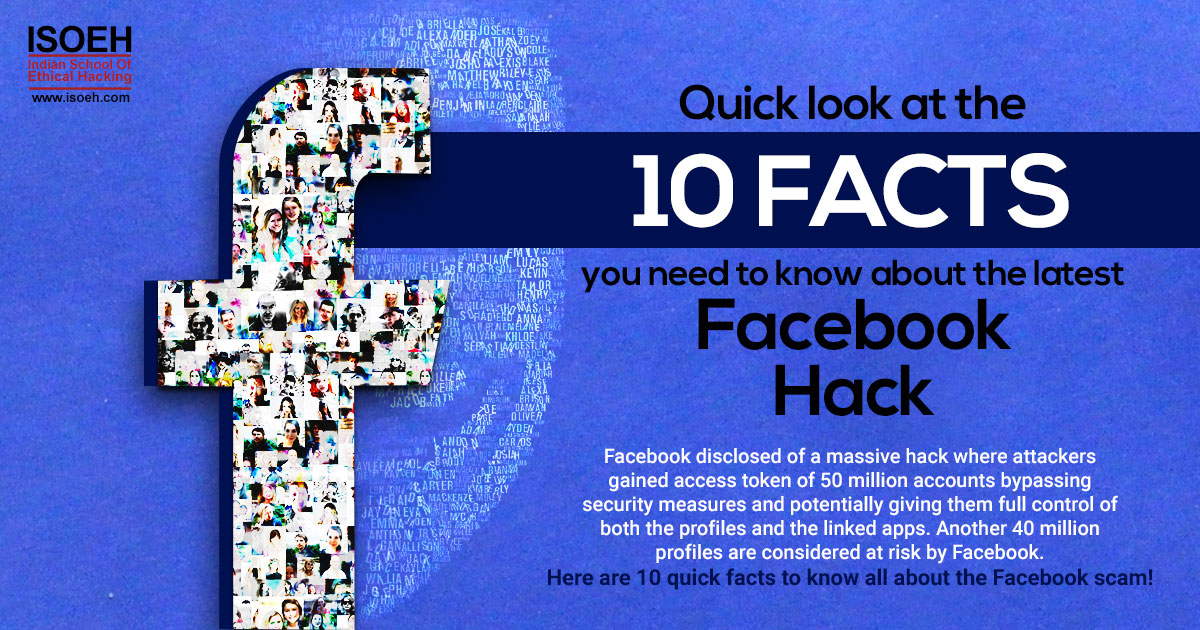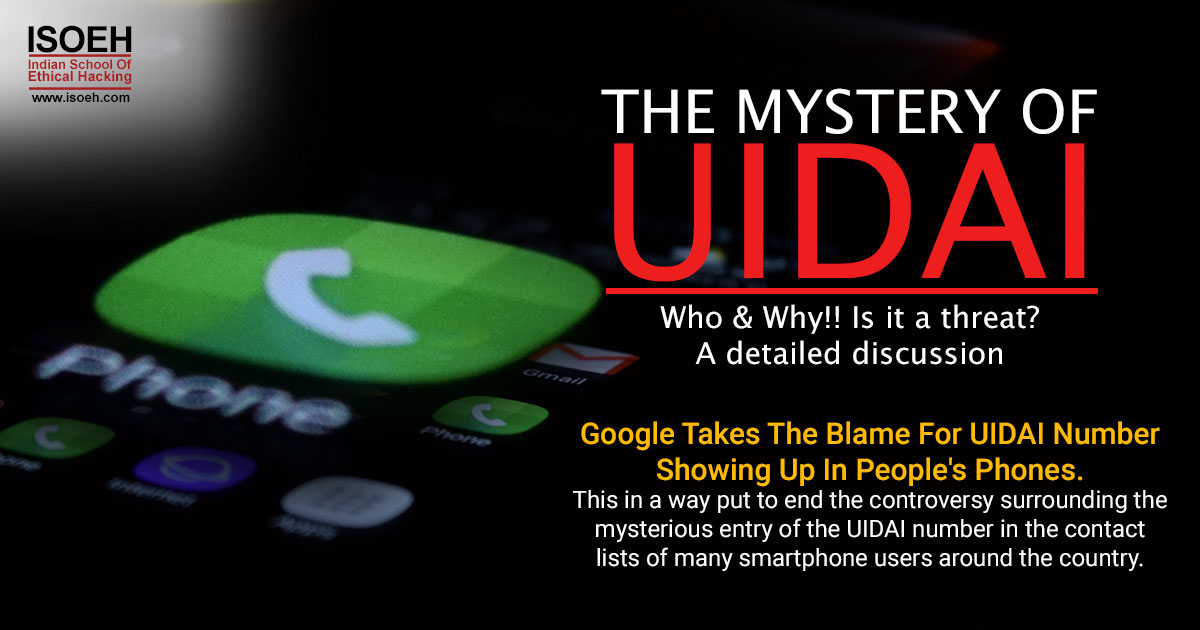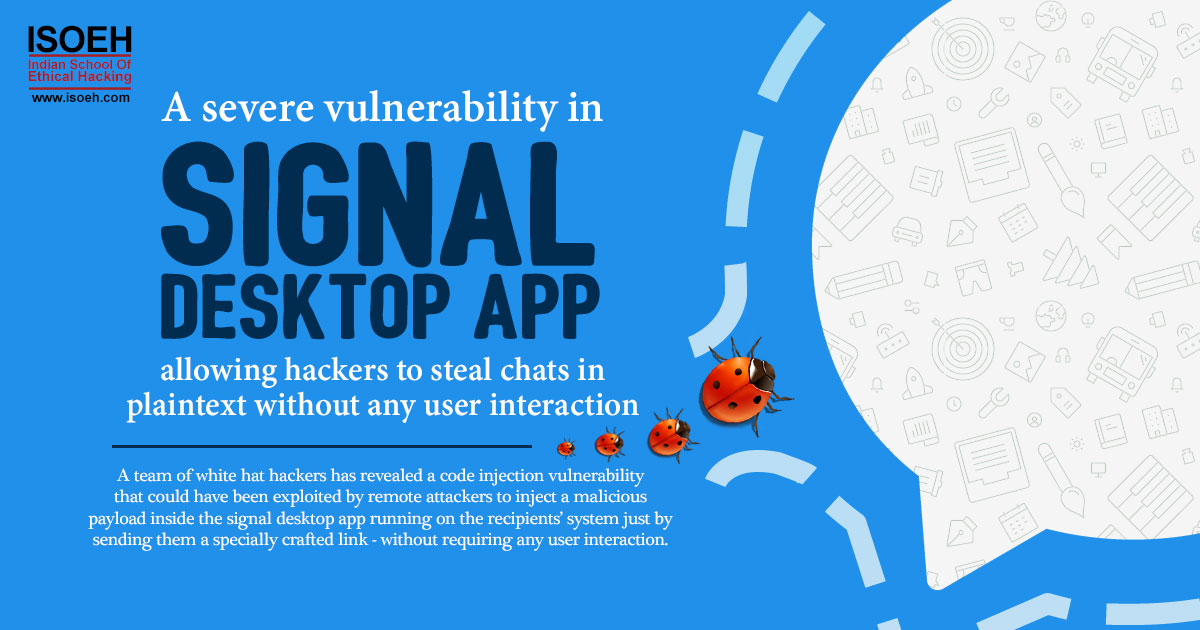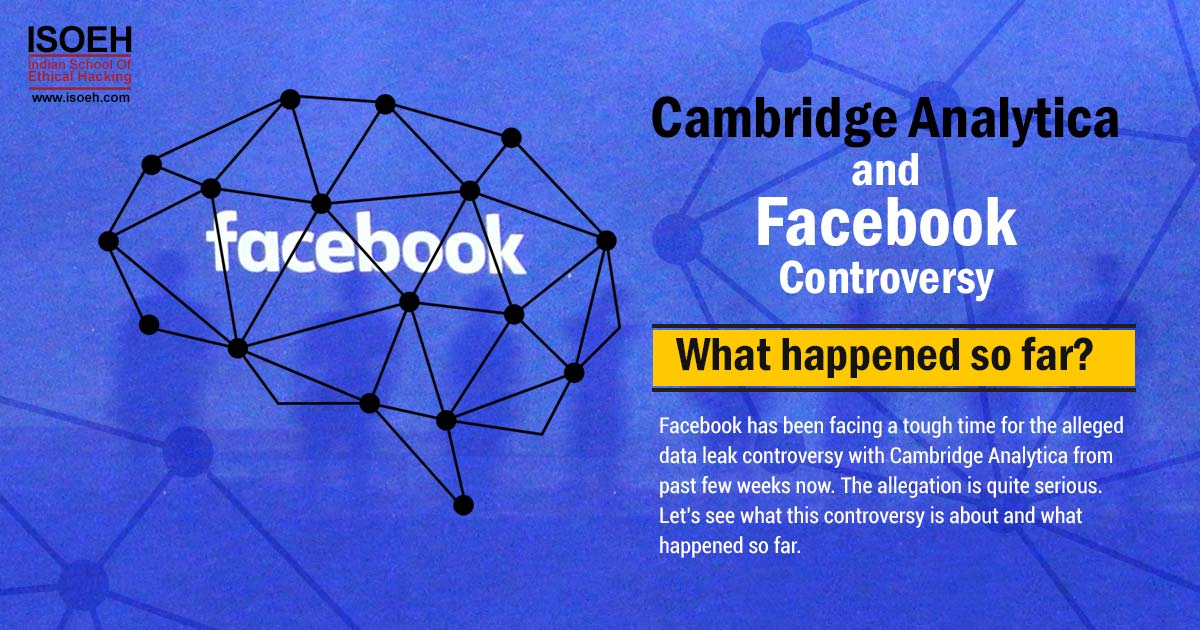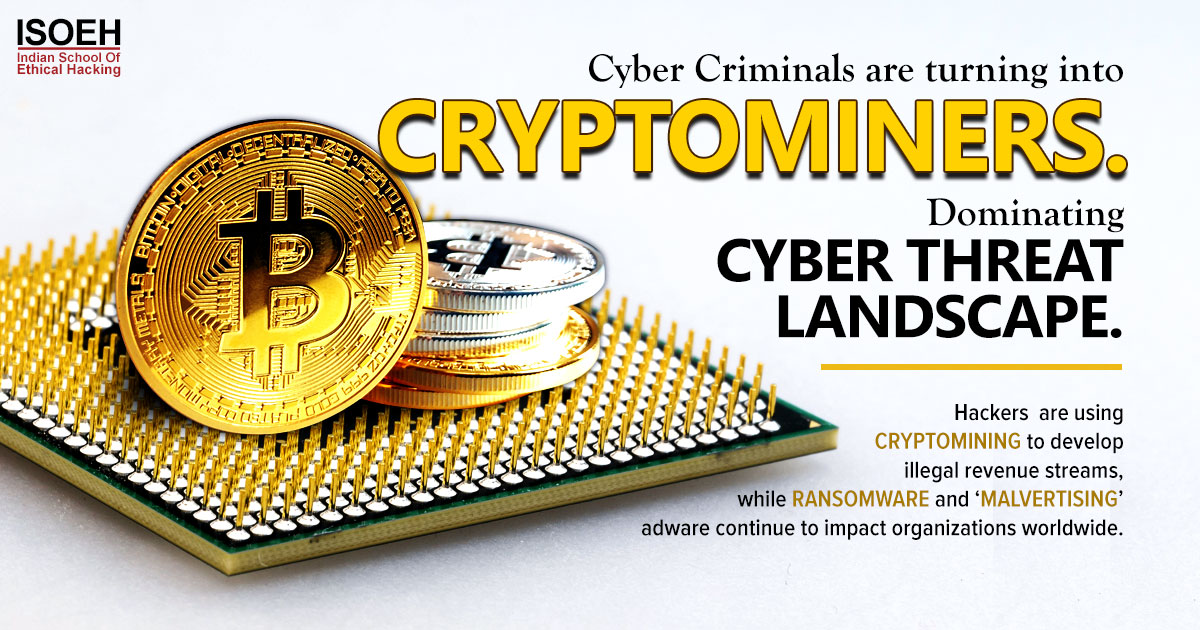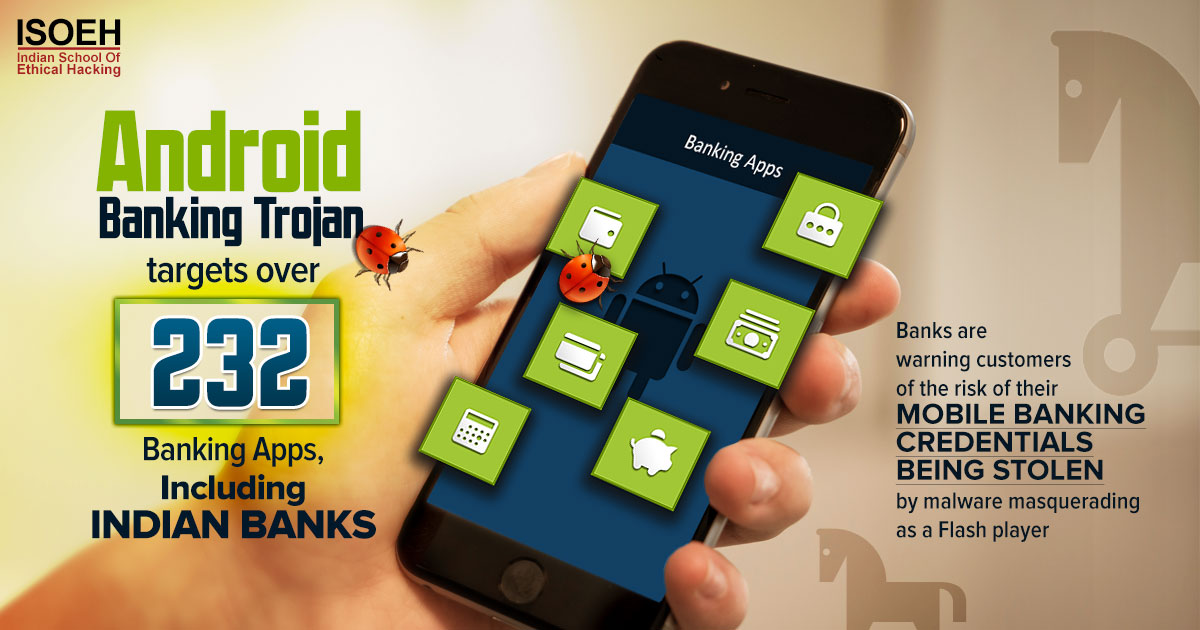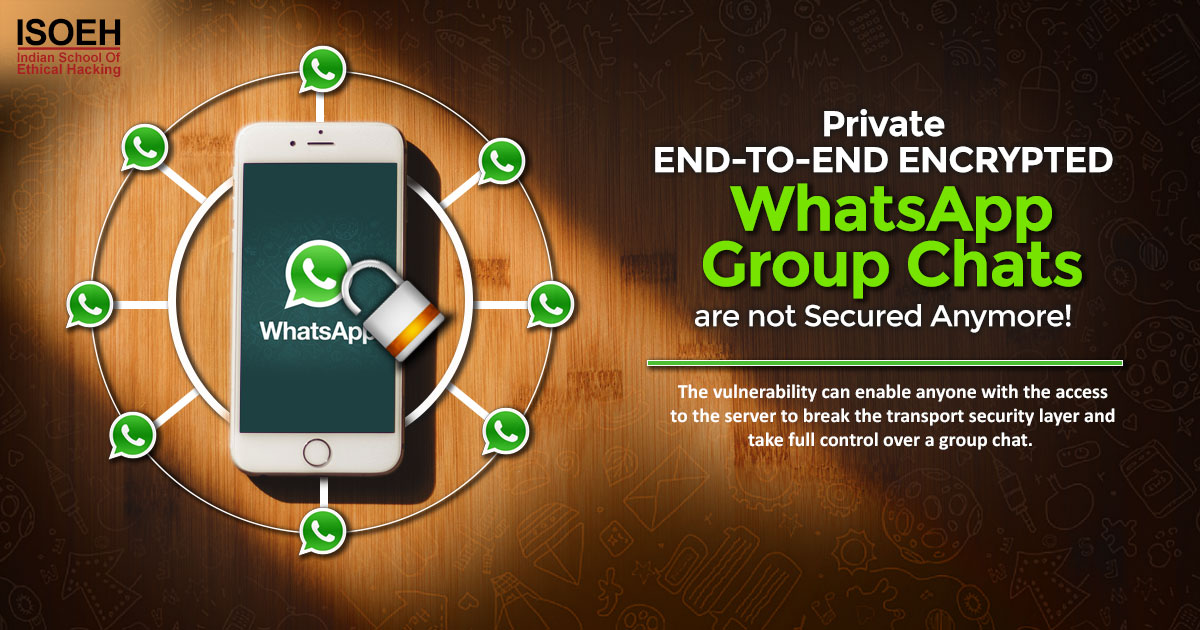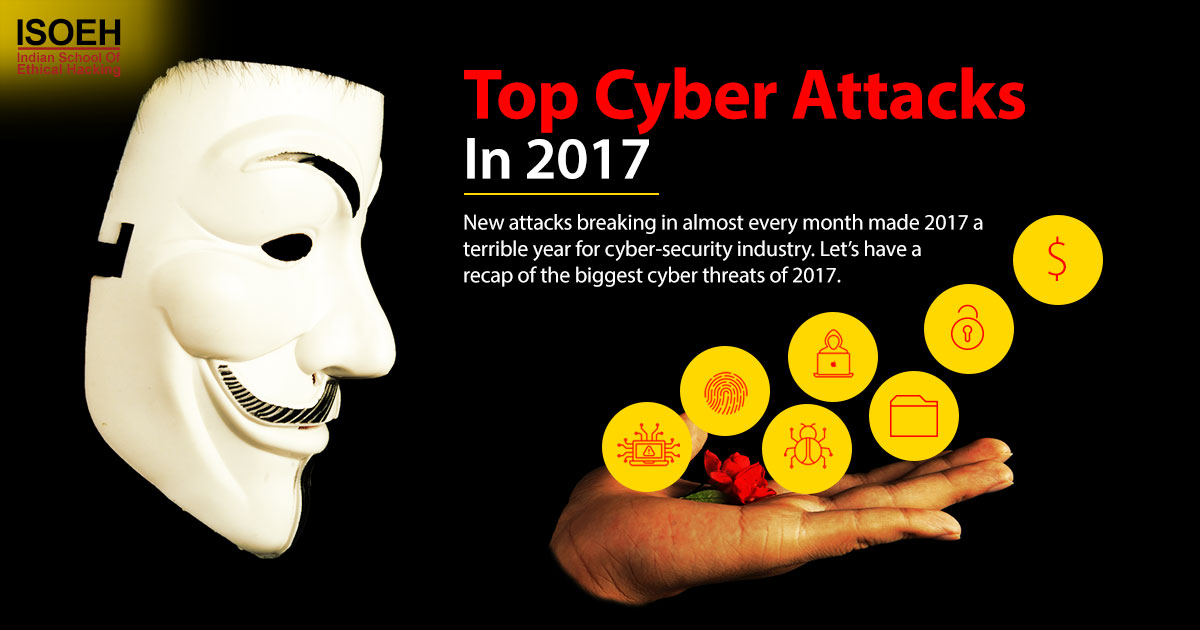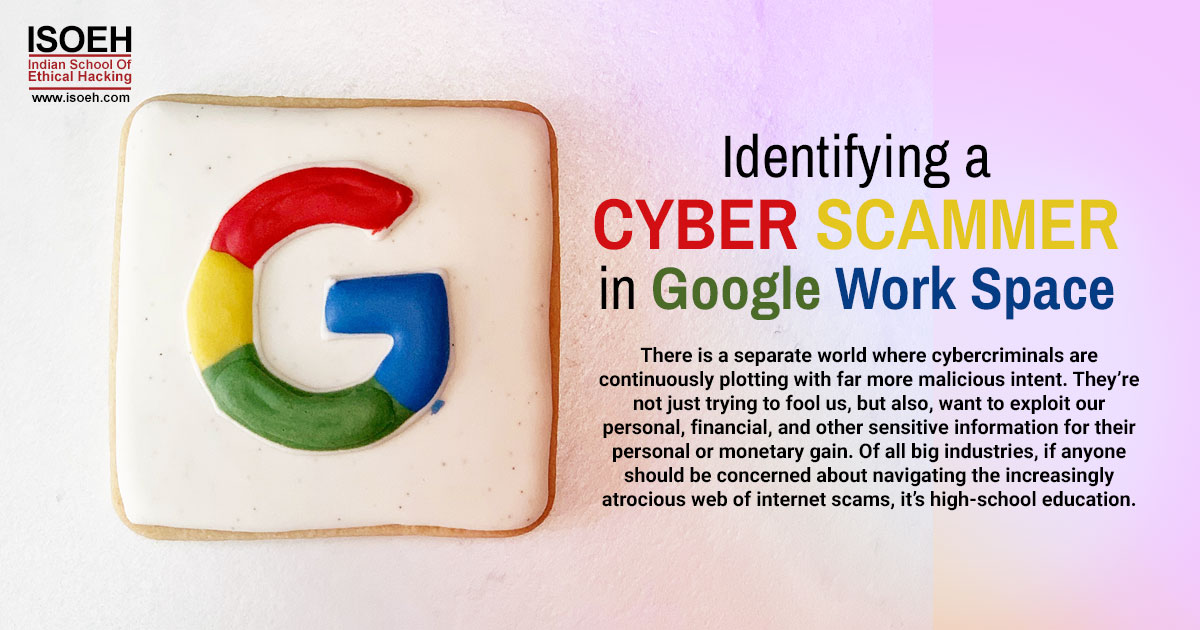
There is a separate world where cybercriminals are continuously plotting with far more malicious intent. They're not just trying to fool us, but also, want to exploit our personal, financial, and other sensitive information for their personal or monetary gain. That's internet fraud in a brief.
But you cannot identify the scammers easily. As technology is advancing, they're becoming so daring, deceiving, and sophisticated that some frauds are nearly impossible to identify with the naked eye. We are fortunate enough to identify a smarter approach to data security.
A Short Introduction to Cyber Scams:
Of all big industries, if anyone should be concerned about navigating the increasingly atrocious web of internet scams, it's high-school education. Cybercriminals are targeting schools at an unprecedented rate. According to Microsoft's tracker of global threat activity, the education industry is far and away from the most influenced industry with nearly six million cyber-fraud incidents in the past 30 days. The next targeted industry — retail — clocks in at just 580,000.
There are three primary reasons for cybercriminals to target schools:
1. Students are easy to target:
Grade 12 students are always very active on the internet, but they're not always well-versed in cyber safety. Without a knowledge of the do's and don'ts, they could easily be lured to a scammer's enticing tactics.
2. No cloud security:
Nearly all schools are in the cloud using ed-tech tools like Google Workspace to facilitate sessions, execute administrative tasks and connect remotely, but just 20% of them are implementing any cloud security solutions to protect their data. Subsequently, a lot of students' data are exposed which cybercriminals can easily access.
3. School data is highly lucrative:
Student data that is personal sensitive information, are very useful and valuable to a cybercriminal. They never miss the opportunity to grab those data and lure the students to fall under their trap.
Cybercriminal Tactics and Threat Aim:
Cyberfraudsters develop new tactics all the time, but they often return to their most basic (and frequently most effective) strategies. There are the four primary types to look out for in Google Workspace:
1. Phishing Scams:
A phishing scam refers to social engineering plan that attempts to loot personal information, login credentials, or other sensitive data by cheating the victim into providing those details. Phishing scammers often proceed themselves off as a legitimate or trustworthy source to lure students and staff into believing their authenticity. For example, a scammer might send a student an unsolicited email professing to be a school administrator or teacher. If the student falls into their trap, they might unintentionally reveal information that could help the cybercriminal steal their identity or hack their account.
2. Malware:
Any internet virus, malicious code, or digital infection can be classified as malware. Such kind of attack can be found in a phishing email as an attachment or link. If a student downloads that attachment or clicks the link, they will open the door for malware to enter the cloud environment and gain unrestricted access to their data.
3. Ransomware:
As a type of malware, ransomware operates by holding data captive in exchange for payment. Once a fraudster gains access to school data, through a phishing attack or malware strike, they can block the school from accessing it until they are paid back. In case a school refuses to pay the ransom amount, the scammers either sell the information or publicly leak it on the internet. As far as these scams are concerned, ransomware attacks are perhaps one of the most significant.
4. Account Takeovers:
An account takeover refers to when login credentials are compromised or an account has been hacked by an unauthorized third party. Since school accounts have access to certain types of cloud data, they can be especially used for damaging the school's main database.
Most Common Signs of a Cyber Scam:
Scams come in all shapes and sizes, but fortunately, they often contain a few common mistakes. These clues are very essential when it comes to detecting and mitigating a threat as quickly as possible in the Google Workspace environment.
Few signs of a scam that might be found in your school cloud system:
- Email sent from a public domain: No authorized organization, such as one that reads "@gmail.com."
- Grammar error: Spelling mistakes and poorly written text are dead endowments that something fishy is afoot.
- Suspicious attachments and links: Any communication that asks you to download or click anything suspicious is enough cause for concern.
- Sense of urgency: Think "immediate action needed," or "urgent payment required." Any such language that impulse you to act now is likely a social engineering tactic.
- If you suddenly observe unusual data usage, excessive downloading, and other anomalous behavior, there may be an account hijacking taking place.
- Third-party apps may be helpful learning tools, but they sometimes also pose a risk to your data. If some app is poorly reviewed or unverified by your secure domain it may be designed to inject malware into your cloud.
- Communications that request sensitive data, such as personal or financial information, are usually scammer phishing for victims.
- Login attempts from unknown locations, especially those from countries known for highly rated cybercrime activity, could indicate that someone is attempting to hack your account.
How to Respond and Mitigate a Potential Scam:
1. Enable Multi-Factor Authentication (MFA):
By enabling MFA for all of your Google cloud accounts, you require all users to provide multiple factors for validating their credentials. This allows to reduce the chances of an account hack and protects your Google Workspace data from unauthorized access.
2. Delete Suspicious Emails and Communications:
The best solution to avoid phishing scams is to not respond at all. Immediately delete such communication and report it as spam so that no students or teachers fall under the same trap. The only way that a phishing attack can take place is if an attachment is downloaded by the user, any link is clicked on, or if the user willingly provides his/her sensitive pieces of information.
3. Remove Risky Third-Party Apps:
Always perform a thorough assessment of the ed-tech app that can distinguish between healthy apps and those that are a threat. Remove any third-party apps that are of no use — especially those that might put your data at risk.
4. Revoke Access Permissions from Compromised Accounts:
Always prevent unauthorized access by repealing access to certain sources of information — i.e., Google Drive, Google Chat, etc.
Hacking Tools
Explore All Hacking Tools »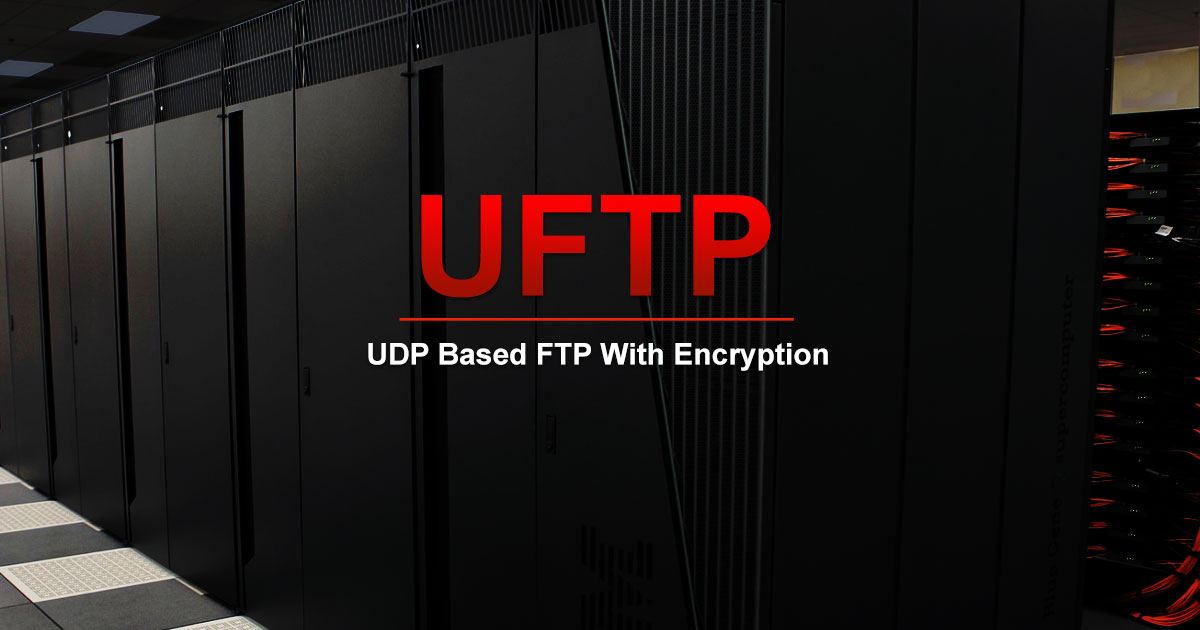
UFTP is an encrypted multicast file transfer program for secure, reliable & efficient transfer of files. It also helps in data distribution over a satellite link.
Read DetailsBreaking News
Breaking News Of Each Month »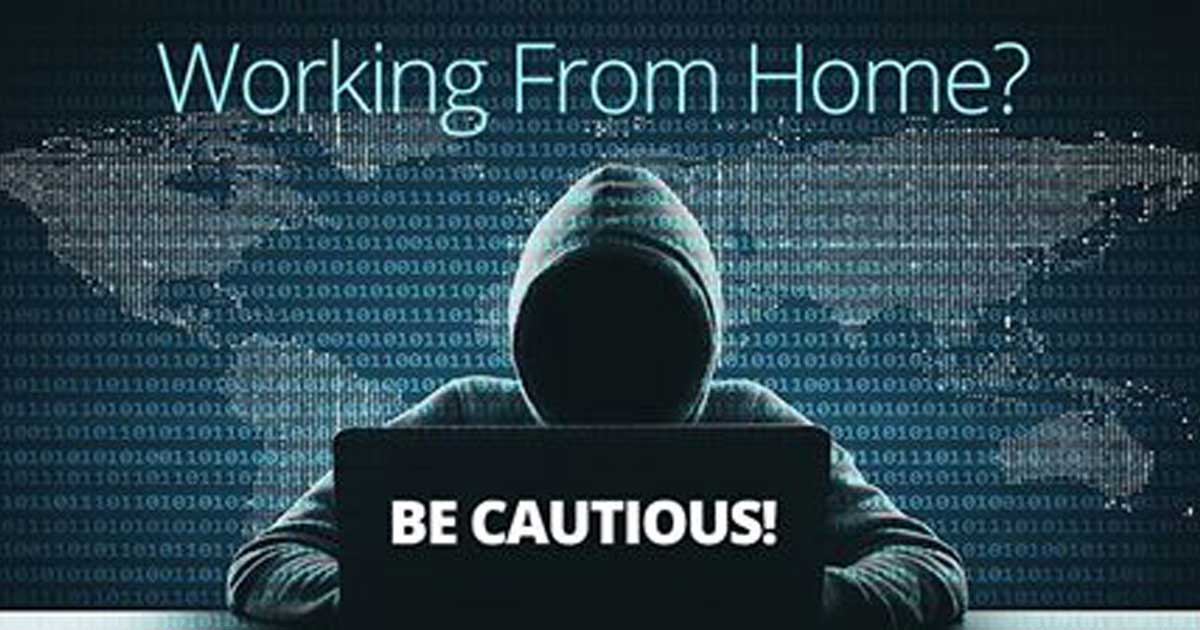
The recent pandemic was unexpected and unknown to most part of the world. It has changed our life and we are slowly adapting to our new lifestyle. The risks associated with the new lifestyle, both personal & corporate, are unknown to most of us.
Read Details


